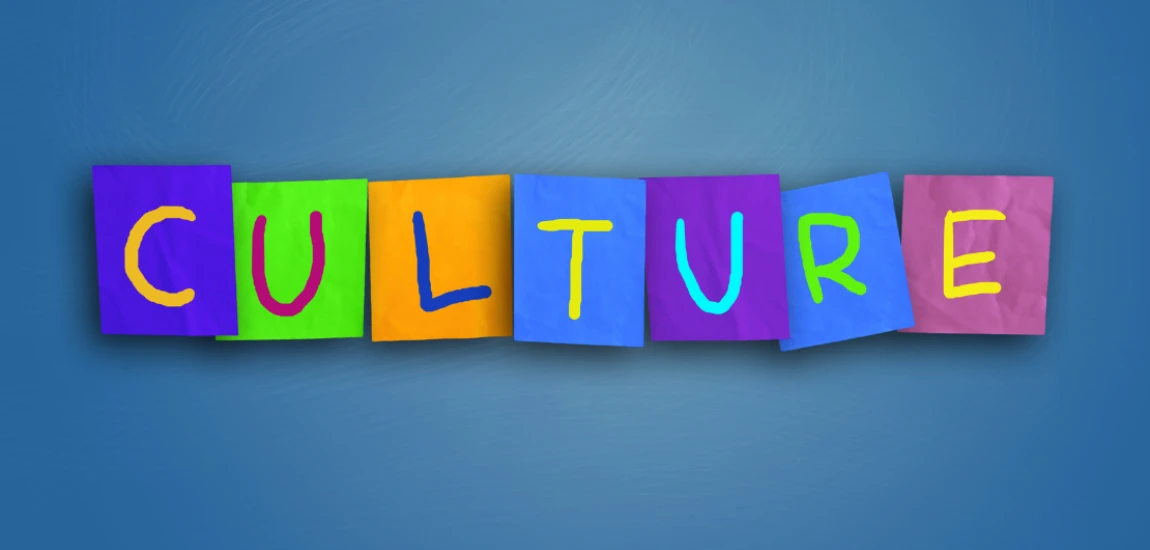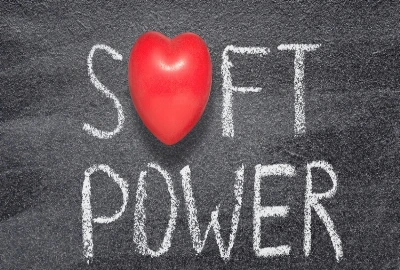Are Reboots Killing Creativity or Preserving Culture?

The entertainment industry’s obsession with nostalgia
In the 2020s, entertainment has become a cycle of reboots, remakes, and revivals. From The Lion King to The Fresh Prince of Bel-Air, studios are digging into their archives to bring old stories to new audiences. This trend isn’t just a passing phase—it’s a reflection of how nostalgia sells. For many viewers, revisiting familiar characters offers comfort in a fast-changing digital world. But for critics, it signals a creative drought in Hollywood and beyond.
The economics behind reboots
Reboots are not just artistic choices—they’re business strategies. Familiar intellectual properties (IPs) come with built-in fan bases, reducing marketing risk. With streaming platforms hungry for content, studios see reboots as safe bets that guarantee viewership. In a time when audience attention is fragmented, familiar titles promise stability in an unpredictable entertainment market.
A reflection of audience demand
It’s easy to blame studios for a lack of originality, but the audience plays a major role too. Viewers crave emotional connections, and reboots deliver exactly that. The return of beloved franchises offers fans both nostalgia and curiosity—how will the story evolve this time? The result is a cultural loop where creativity meets comfort, and profit meets sentimentality.
Nostalgia as a Cultural Currency

Why we crave the familiar
Psychologically, nostalgia serves as emotional glue, connecting us to moments of joy, belonging, and identity. In times of uncertainty—be it social unrest or digital overload—people gravitate toward familiar narratives. This explains why audiences flock to reboots that remind them of simpler times or iconic eras.
The emotional economy of entertainment
Streaming algorithms are designed to capitalize on this sentiment. Platforms like Netflix, Disney+, and Prime Video analyze viewer data to determine which franchises evoke the most engagement. Nostalgia-driven marketing taps into deep emotional wells, making reboots more than mere remakes—they become experiences tied to memory and identity.
Cultural recycling vs. cultural preservation
There’s a fine line between cultural recycling and cultural preservation. While critics argue that reboots recycle old ideas, proponents view them as a means of keeping culture alive. Updating a classic for a new generation—whether it’s through modern values, diverse casting, or new technology—can breathe relevance into stories that might otherwise fade from public consciousness.
When Reboots Work: Reinvention Done Right

Breathing new life into classics
Some reboots transcend mere imitation. Mad Max: Fury Road, for example, revitalized an old franchise with stunning visuals and feminist undertones, earning both critical acclaim and box office success. Similarly, Cobra Kai transformed The Karate Kid saga into a nuanced exploration of aging, rivalry, and redemption—proving that fresh perspectives can elevate old material.
Modernizing outdated narratives
Reboots also serve as tools to correct past cultural blind spots. By updating gender roles, diversifying casts, or addressing previously ignored social issues, they align classic stories with contemporary sensibilities. This evolution allows beloved narratives to remain relevant in a world that demands inclusion and authenticity.
Revivals through technology
Technology has further expanded the potential of reboots. High-definition remasters, CGI enhancements, and AI-driven restoration make it possible to revisit older material with new aesthetic appeal. The fusion of innovation and nostalgia turns reboots into showcases of both heritage and modern craftsmanship.
When Reboots Fail: The Creativity Crisis

The trap of commercial predictability
Not all reboots succeed. Many fall into the trap of relying solely on name recognition without offering meaningful innovation. Projects like Ghostbusters (2016) or The Mummy (2017) demonstrate how overreliance on branding can lead to creative stagnation. These failures often stem from misunderstanding the original’s emotional essence, treating it as a formula rather than a story.
Audience fatigue and authenticity
With so many franchises being rebooted, audiences are beginning to show signs of fatigue. The constant recycling of ideas can make the entertainment landscape feel repetitive and hollow. Viewers crave authenticity and originality—qualities that are often lost when creative risk is replaced with corporate safety.
The ripple effect on original creators
Reboot culture also raises ethical questions. When studios prioritize reboots over original content, new creators struggle to break into the industry. Independent voices are overshadowed by familiar IPs, creating a feedback loop where innovation becomes secondary to recognition. The risk? A creative ecosystem where the next groundbreaking story never gets made.
The Global Spread of Reboot Culture

Reboots beyond Hollywood
Reboot culture isn’t exclusive to America. Bollywood, the UK, and East Asia are also embracing remakes as a form of cultural storytelling. Korean dramas are being remade in Western formats, and Japanese anime is constantly reinterpreted for new generations. This globalization of reboots shows how cultural stories evolve as they cross borders.
Cultural translation and adaptation
When stories are adapted across cultures, reboots can become powerful tools of reinterpretation. For instance, Japan’s Your Name is being reimagined for Western audiences, while The Office has had multiple international versions tailored to local humor and social dynamics. These examples reveal how reboots can act as bridges between cultures rather than creative dead ends.
Risks of cultural dilution
However, global reboot culture also risks diluting local authenticity. When cultural nuances are lost in translation or adapted for mass appeal, the storytelling becomes homogenized. True creativity thrives on diversity, and over-commercialization can flatten the richness that makes stories unique in the first place.
The Future of Original Storytelling in a Reboot World

The rise of hybrid creativity
Despite the dominance of reboots, original storytelling isn’t dead—it’s adapting. Many modern creators are blending homage with innovation, crafting “spiritual sequels” rather than direct reboots. Films like Everything Everywhere All at Once and Barbie prove that originality can coexist with cultural commentary and commercial success.
Streaming platforms as creative incubators
Streaming services, while complicit in the reboot boom, also serve as incubators for originality. Platforms like Netflix and Hulu invest in indie projects and international content that might not survive in traditional Hollywood ecosystems. This duality—balancing reboots with fresh voices—defines the new entertainment landscape.
AI and audience co-creation
Artificial intelligence is poised to transform how reboots and original content are developed. Predictive analytics already shape what gets greenlit, but AI could soon assist in co-creating narratives, visuals, or music. This raises both excitement and concern: Will AI fuel creativity, or further standardize it? The answer depends on how it’s used—as a tool of imagination or replication.
Preserving Culture Without Killing Creativity

The balance between legacy and innovation
The ultimate challenge for modern entertainment lies in balancing homage with progress. Reboots can honor the past while still embracing creative risk—but only when guided by artistic integrity rather than pure profit. Audiences are sophisticated enough to recognize when a reboot is driven by love of storytelling instead of market trends.
Cultivating new talent
To preserve creativity, the industry must invest in emerging voices. Supporting new writers, directors, and cultural perspectives ensures that the next generation of classics has a chance to exist. Reboots can coexist with originality if the ecosystem values both innovation and heritage equally.
A new definition of creativity
Perhaps creativity itself is evolving. In an interconnected world, where stories are endlessly remixed and reinterpreted, originality may no longer mean creating something entirely new—but rather reimagining the familiar in a way that feels transformative. If done right, reboots can become acts of cultural preservation that spark new waves of inspiration.




